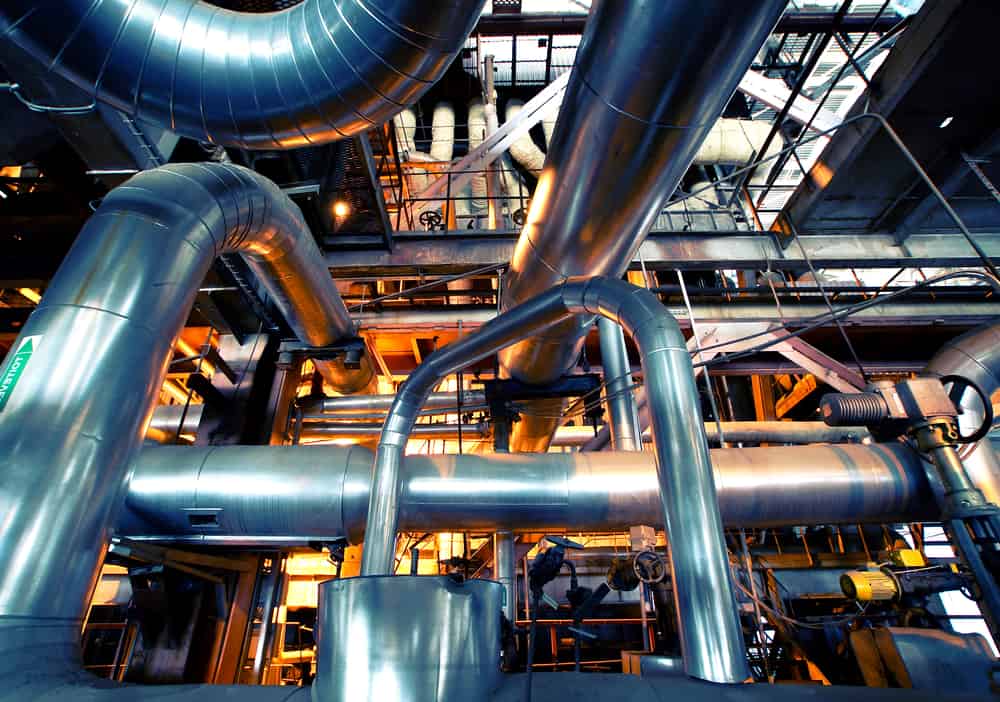
As the scale of global pipeline construction continues to increase, industries are looking for advanced and effective ways to ensure pipe welds meet and exceed standards while providing a longer service life. But overcoming pipe welding challenges—such heavy wall welding, welding in curved areas, and ensuring proper alignment in the pipeline assembly—is not an easy feat. TIG (Tungsten Inert Gas) welding has become the industry choice for welding pipes with the maximum efficiency possible. However, when performed manually, TIG introduces additional challenges to the weld equation, including weld parameter control obstacles and human error.
Automation can help resolve these TIG pipe welding issues. With remote monitoring, parameter optimization, and weld head positioning capabilities, high-quality pipe welding is achievable.
Addressing TIG Pipe Welding Challenges
TIG welding is considered one of the best ways to weld a pipe. However, when performed manually, welders face a wide range of challenges that can affect pipe strength. These challenges include:
- Weld consistency: Weld control can be an issue in manual welding. Consistent weld bead and proper fusion in weld root and between the passes depend on the welder’s skill. Weld consistency limitations are especially conspicuous when welding heavy, thick-walled pipes.
- Defects: Undercutting, porosity, slag, inclusion, cracks, warping, and distortion are a few defects that can occur in the pipe welds due to poor weld parameter control. With manual TIG, maintaining proper heat input, feed speed, shielding gas coverage, and travel angle can be difficult. The results can affect pipe quality.
- Positioning: Welding in an overhead position can pose serious safety issues for welders and develop flaws requiring extensive rework. Positioning can also be an issue in the case of ID cladding or when welding complex geometries.
- Misalignment: Misalignment in circumferential welding can contribute to pipeline failure. During manual TIG welding, it can be difficult to monitor pipe alignment.
- Human limitations: Pipe welding, as well as TIG welding, are difficult processes that require welders to continuously change positions and, as a result, prevent continuous welds. Irregular weave patterns and inconsistent welds due to human limitations can compromise pipe weld quality.
Automation can help resolve the challenges of manual TIG pipe welding.
Automated Welding Facilitates Control
Automation in welding not only introduces a mechanized solution, but it provides the ability to monitor, control, and optimize weld parameters during welding. Mechanized welding systems, such as orbital welding, support TIG pipe welding by providing an enhanced level of control. With the help of a guide track, the orbital weld heads directly attached to the pipe can provide a controlled and consistent weld in each pass. By doing so, this automated process removes many challenges associated with manual TIG welding. Further advantages associated with automation in welding include:
- Easy control of weld parameters such as feed rate, voltage, and arc length.
- Easy welding of all pipe diameter and wall thicknesses facilitated by a variety of orbital weld heads.
- Greater consistency and precision in welding.
- Monitoring and optimization of weld parameters with the help of a weld pendant.
- Reduced weld defects such as lack of fusion, distortion, splatter, and slag inclusion.
- Improved speed and productivity.
- Elimination of human error.
- Protection of welders from harmful gases and unergonomic weld requirements.
Automation Is an Effective Solution
The relatively difficult TIG pipe welding process requires great caution during weld design, preparation, and implementation. Automated processes foster controlled TIG pipe welding to enhance the quality of the welds. Speed, precision, and quality enhancements achievable with automation provide manufacturers with a solution to increase productivity and cost-effectiveness across critical and sensitive pipe welding applications.
Arc Machines, Inc. offers a wide range of orbital weld heads and monitoring solutions to help you deliver quality results in your TIG pipe welding applications. For inquiries regarding products, contact sales@arcmachines.com. For service inquiries, contact service@arcmachines.com. Arc Machines welcomes the opportunity to discuss your specific needs. Contact us to arrange a meeting.





